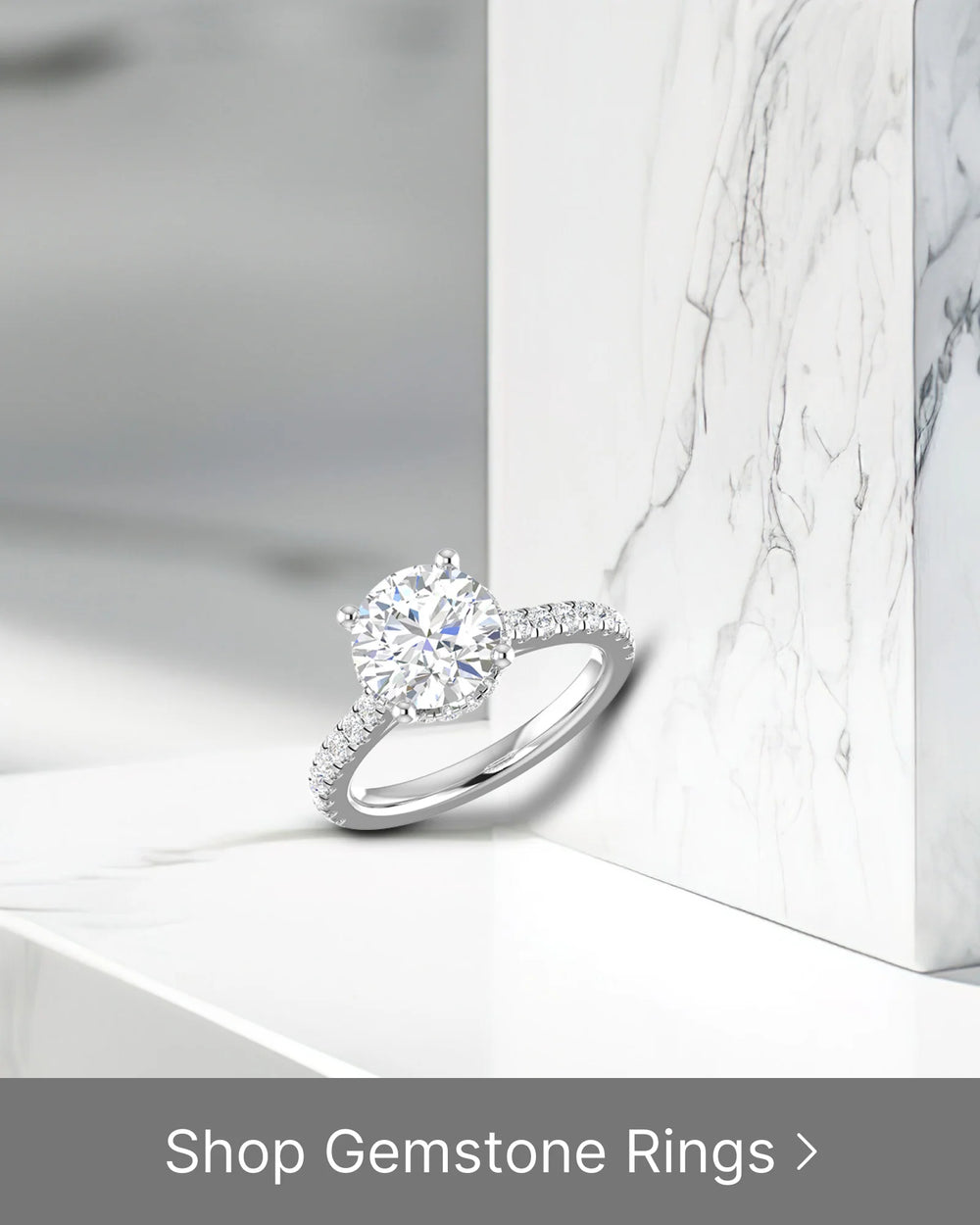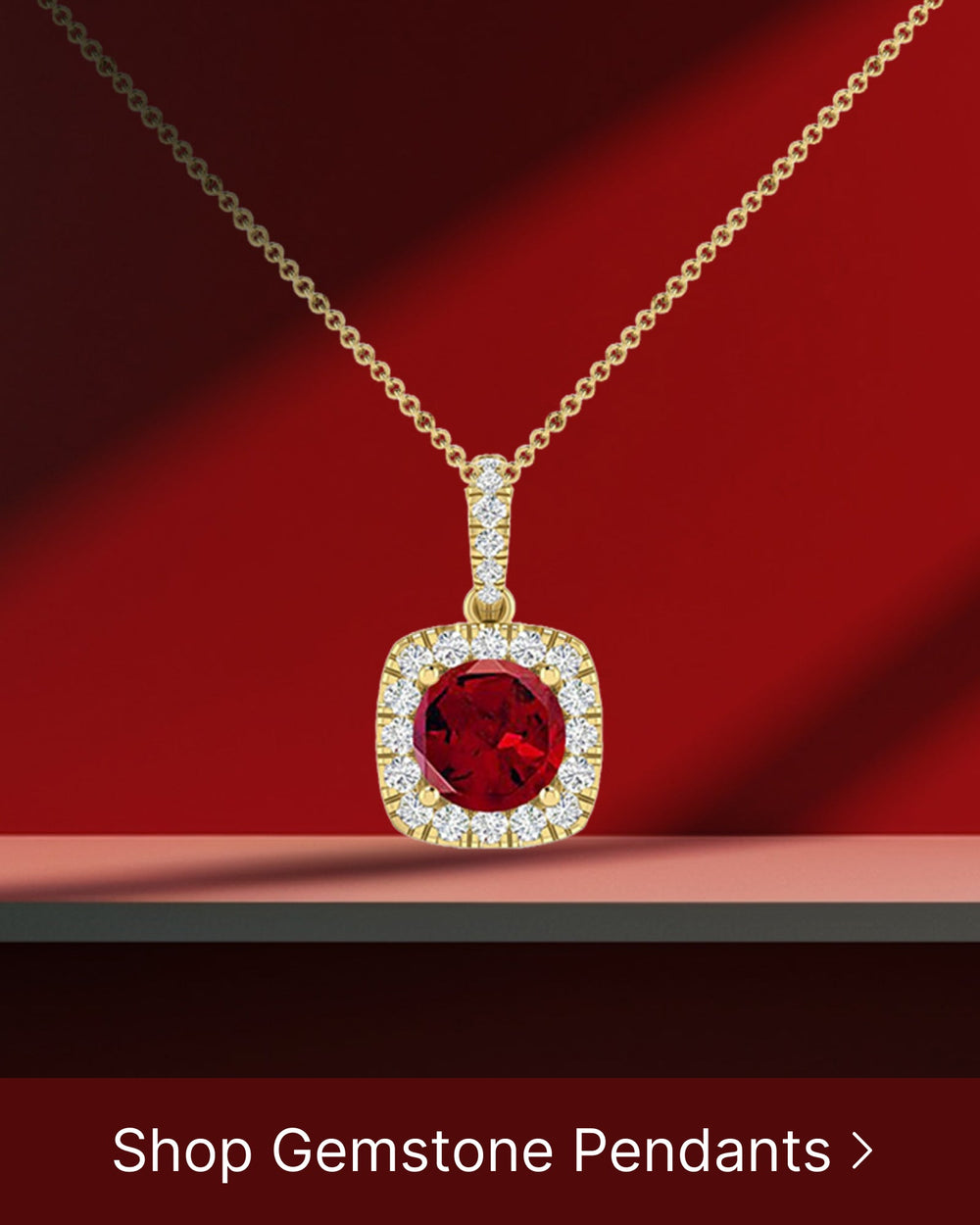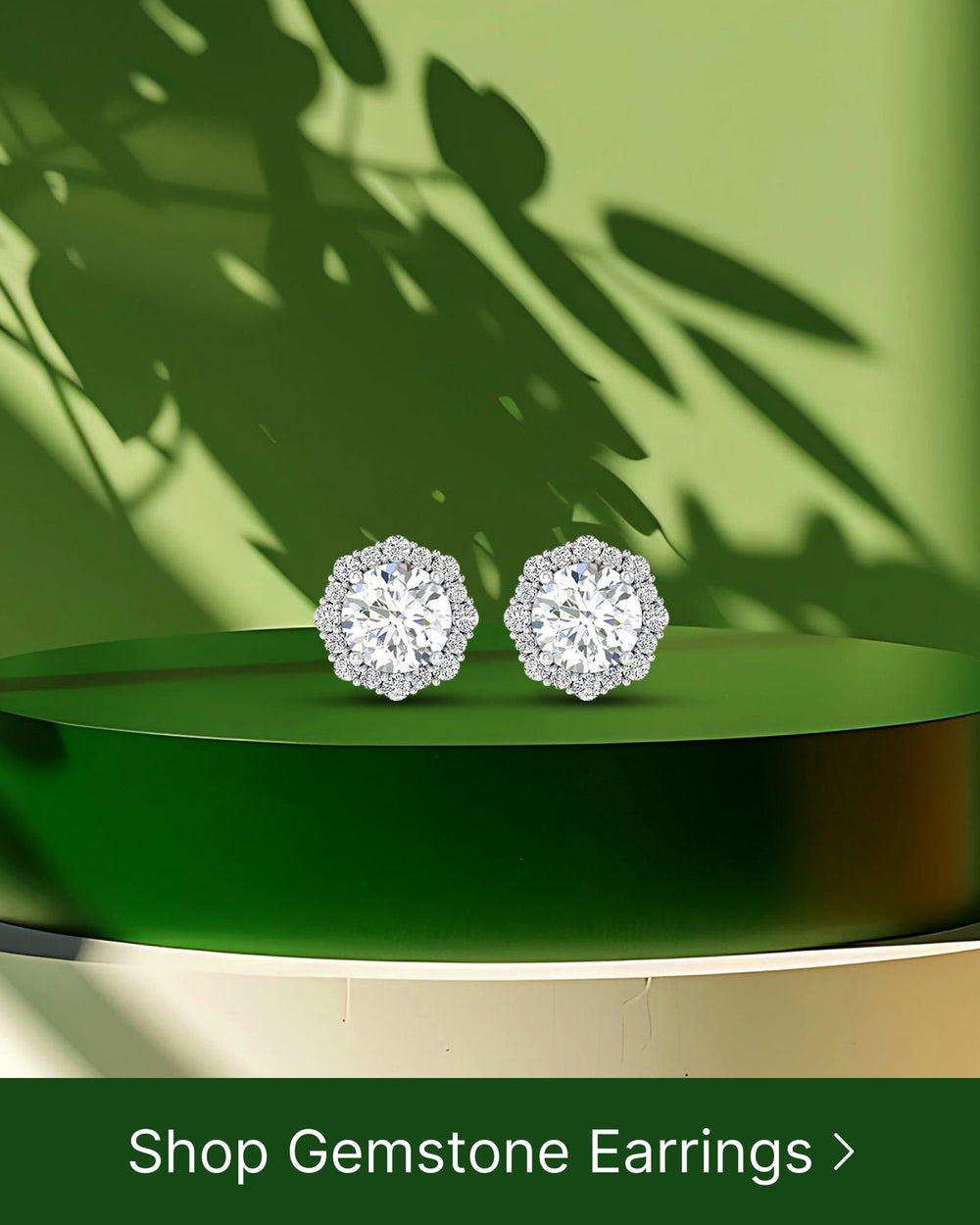The Mohs Scale of Hardness is a system used to determine the scratch resistance of minerals and gemstones. It was developed in 1812 by Friedrich Mohs, a German mineralogist. The scale ranges from 1 to 10, with 1 being the softest and 10 being the hardest. In this article, we will explore the Mohs Scale of Hardness and its relevance to moissanite, a stunning gemstone known for its brilliance and durability.
Introduction to the Mohs Scale of Hardness
The Mohs Scale of Hardness provides a standardized way to measure the hardness of minerals and gemstones. It is based on the principle that a harder material will scratch a softer material. The scale is composed of ten minerals, each assigned a specific hardness value.
The History of the Mohs Scale
The Mohs Scale of Hardness was created by Friedrich Mohs in the early 19th century. Mohs was a renowned mineralogist who wanted to develop a simple and practical method for comparing the hardness of different minerals. He selected ten minerals with varying degrees of hardness and arranged them in a scale from one to ten.
One interesting fact about Friedrich Mohs is that he was born in Gernrode, Germany in 1773. He developed a passion for minerals at a young age and dedicated his life to the study of geology and mineralogy. Mohs' groundbreaking work in mineral hardness measurement earned him recognition as one of the pioneers in the field.
Basic Principles of the Mohs Scale
In the Mohs Scale of Hardness, each mineral on the scale can scratch any mineral with a lower number. For example, a mineral with a hardness of 6 can scratch any mineral with a hardness of 5 or lower, but it will be scratched by any mineral with a hardness greater than 6. This hierarchical system allows for easy comparison of the relative hardness of different minerals.
Let's take a closer look at the minerals included in the Mohs Scale. The softest mineral on the scale is talc, which has a hardness of 1. Talc is so soft that it can be easily scratched with a fingernail. On the other end of the scale, we have diamond, the hardest mineral known to man, with a hardness of 10. Diamond is so hard that it can only be scratched by another diamond.
One interesting mineral on the Mohs Scale is gypsum, which has a hardness of 2. Gypsum is commonly used in construction materials and is known for its softness and ease of carving. It has been used for centuries in sculptures and decorative elements.
Another fascinating mineral is corundum, which has a hardness of 9. Corundum is the second hardest mineral on the scale and is commonly found in gemstone varieties such as ruby and sapphire. Its hardness and durability make it highly sought after in the jewelry industry.
By using the Mohs Scale of Hardness, geologists and gemologists can accurately assess the durability and scratch resistance of different minerals and gemstones. This information is crucial in determining the suitability of a mineral for various applications, such as jewelry making, construction, and industrial uses.
The Unique Properties of Moissanite
Moissanite is a fascinating gemstone that possesses remarkable properties. It was first discovered in the late 19th century by French scientist Henri Moissan. Moissanite is composed of silicon carbide and is known for its exceptional brilliance, fire, and luster.
Origin and Discovery of Moissanite
Moissanite was originally discovered in a meteor crater in Arizona in 1893. Henri Moissan, who later became a Nobel Prize-winning chemist, initially mistook the crystals for diamonds. Further analysis revealed that these crystals were composed of silicon carbide, a compound that had previously only been synthesized in laboratories.
As the story goes, Henri Moissan was examining rock samples from the meteor crater when he stumbled upon a cluster of shimmering crystals. At first glance, he believed he had discovered a diamond deposit, but upon closer inspection, he realized that these crystals were unlike anything he had ever seen before.
Excited by this unexpected find, Moissan meticulously studied the crystals, conducting numerous experiments to determine their composition and properties. It was through his tireless efforts that he eventually identified the crystals as silicon carbide, a substance that had only been produced artificially in laboratories at that time.
Physical and Chemical Characteristics of Moissanite
Moissanite has a hardness of 9.25 on the Mohs Scale, making it one of the hardest gemstones. This exceptional hardness ensures that moissanite is highly resistant to scratches and abrasions, making it an ideal choice for jewelry that is meant to withstand everyday wear and tear.
But it's not just its hardness that sets moissanite apart. Its high refractive index gives it a dazzling brilliance that rivals that of diamonds. When light enters a moissanite gemstone, it is bent and reflected in a way that creates an incredible play of light and sparkle. This unique optical property is what makes moissanite truly mesmerizing.
Furthermore, moissanite possesses a higher dispersion than diamonds. Dispersion refers to the ability of a gemstone to break down white light into its spectral colors, creating those beautiful rainbow-like flashes of color. With its higher dispersion, moissanite exhibits an even greater display of fire, adding an extra touch of enchantment to its already captivating beauty.
It's worth noting that moissanite's exceptional properties have made it a popular alternative to diamonds in recent years. Its affordability, combined with its stunning brilliance and durability, has made it a sought-after choice for engagement rings and other fine jewelry pieces.
Moissanite and the Mohs Scale
Given its exceptional hardness, moissanite is an ideal gemstone for everyday wear. It is highly resistant to scratching and retains its beauty and sparkle for many years. In fact, moissanite's hardness is one of its most remarkable characteristics, making it a popular choice for jewelry enthusiasts.
Testing Moissanite's Hardness
To evaluate the hardness of moissanite, gemologists use various testing methods, including the Mohs Scale. This scale, developed by Friedrich Mohs in 1812, measures the scratch resistance of minerals by comparing them to ten reference minerals of known hardness. By subjecting moissanite to this scale, gemologists can accurately determine its hardness and durability.
The Mohs Scale consists of ten minerals, each assigned a number from 1 to 10 based on their hardness. Talc, the softest mineral, has a hardness of 1, while diamond, the hardest mineral, has a hardness of 10. Moissanite, with a hardness of 9.25, falls just below diamonds on the scale, showcasing its exceptional toughness and resistance to scratching.
Comparing Moissanite to Other Gemstones on the Mohs Scale
Moissanite's hardness of 9.25 on the Mohs Scale places it just below diamonds, which have a hardness of 10. While diamonds are the hardest gemstone, moissanite is significantly harder than most other gemstones, including sapphires, rubies, and emeralds. This makes moissanite an excellent alternative to traditional gemstones, especially for engagement rings and other jewelry pieces that require durability.
When compared to sapphires, which have a hardness of 9, moissanite emerges as a superior choice for those seeking a gemstone that can withstand daily wear and tear. Its exceptional hardness ensures that moissanite jewelry remains in pristine condition even after years of use.
Rubies, known for their vibrant red color, have a hardness of 9 as well. However, moissanite's superior hardness makes it a more practical choice for those who want a gemstone that can withstand the rigors of everyday life without losing its brilliance.
Emeralds, prized for their lush green hue, have a hardness of 7.5 to 8 on the Mohs Scale. While emeralds are undoubtedly beautiful, their lower hardness makes them more susceptible to scratches and damage. Moissanite, with its remarkable hardness, offers a more durable alternative for those who desire the allure of a green gemstone.
Furthermore, moissanite's exceptional hardness ensures that it maintains its brilliance and fire over time. Unlike other gemstones that may become dull or scratched with wear, moissanite's hardness allows it to withstand the test of time, making it an excellent investment for jewelry lovers.
Implications of Moissanite's Hardness
The exceptional hardness of moissanite has several implications, both for everyday wear and other applications.
Durability and Wear of Moissanite Jewelry
Due to its hardness, moissanite is less likely to scratch or chip than other gemstones, making it an excellent choice for jewelry intended for everyday use. Moissanite engagement rings and wedding bands, for example, can withstand the rigors of daily wear without losing their brilliance and sparkle.
Industrial Applications of Moissanite
Beyond its use in jewelry, moissanite's hardness and exceptional thermal conductivity make it valuable in various industrial applications. It is utilized in cutting tools, high-performance electronic devices, and even some space exploration components.
Frequently Asked Questions about Moissanite and the Mohs Scale
As moissanite continues to gain popularity, many people have questions about its properties and how it compares to diamonds and other gemstones.
Is Moissanite More Durable than Diamond?
While moissanite is incredibly durable, diamonds are slightly harder on the Mohs Scale. However, moissanite's hardness is close enough to diamonds that it is still highly resistant to scratching, making it a practical and attractive alternative to diamonds.
Can Moissanite Scratch Glass?
Moissanite's hardness is substantial enough that it can scratch glass. This test demonstrates its high scratch resistance and confirms its hardness on the Mohs Scale.
In conclusion, understanding the Mohs Scale of Hardness is essential for gauging the durability and wearability of gemstones like moissanite. With its impressive hardness, moissanite offers a beautiful and practical alternative to traditional gemstones. Whether you're considering moissanite for an engagement ring or simply fascinated by its unique properties, knowing its place on the Mohs Scale provides a deeper appreciation for this remarkable gemstone.






